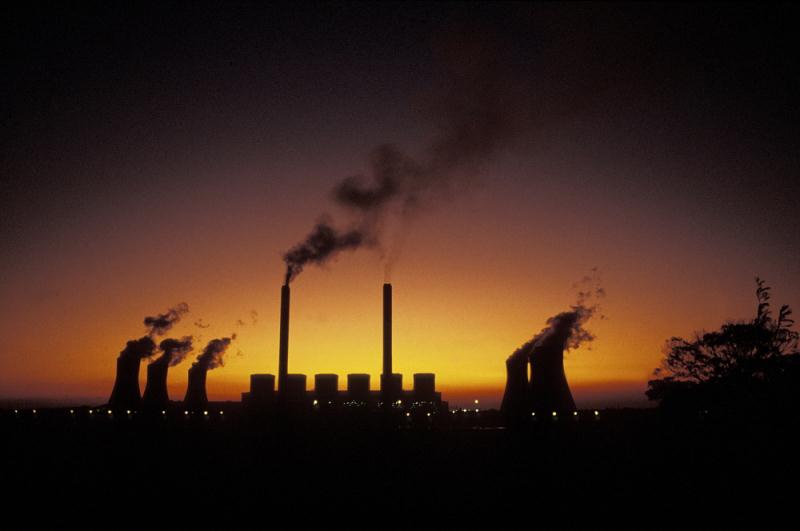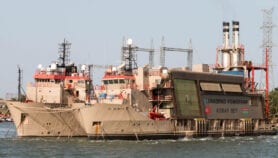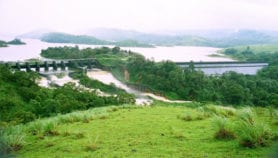By: Lou Del Bello
Send to a friend
The details you provide on this page will not be used to send unsolicited email, and will not be sold to a 3rd party. See privacy policy.
The world is witnessing a coal renaissance. While public attention remains focused on the progress of the clean energy sector, a ‘black revolution’ of coal power stations is taking shape in the developing world, in particular in Asia, according to Ottmar Edenhofer, the chief economist at the Potsdam Institute for Climate Impact Research in Germany.
At the Our Common Future under Climate Change conference, held this week in Paris, France, Edenhofer explained that, to support growth, poor countries still need the cheapest large-scale source of energy available — regardless of the impacts on climate and the environment. Unfortunately, this is usually coal.
The International Energy Agency (IEA) says that carbon emissions are still growing in Asia as well as in Sub-Saharan Africa, and this is unlikely to abate in the coming decades. To meet urgent emissions reduction targets and curb global warming, the IEA recommends the large-scale use of carbon capture and storage technology (CCS).
When combined with the use of bioenergy, CCS falls into the category of the so-called negative emissions technologies, designed to suck greenhouse gases out of the atmosphere.
“CSS comprises three main stages: emissions capture, transportation and underground storage in a place where CO2 can’t do harm,” explained Nebojsa Nakicenovic, an economist at the International Institute for Applied Systems Analysis in Austria.
CCS has been one of the central themes at the conference, perhaps because the IEA gave it special relevance in its latest agenda-setting report on climate change. Many people consider it a game changer in the struggle for global emissions reduction, but there are major caveats to the deployment of CCS, particularly in developing countries.
Firstly, the technology is still at an early stage and there is uncertainty about whether it is possible to scale it up to the level necessary to seriously lower emissions. You basically have to build a big CCS plant next to or within each fossil fuel plant, or transfer the gases through a pipeline from one site to another. Then, you need to store the CO2.
Carbon capture technology is also very expensive.
“Given CCS is still in the development phase, we have to pay to advance research, and public money is not going to be enough,” said Corinne Le Quere, an Intergovernmental Panel on Climate Change author and director of the Tyndall Centre, a climate research centre at the University of East Anglia in the United Kingdom.
The problem is that putting the fate of the world in the hands of these uncertain technologies will leave developing regions more vulnerable by increasing their dependence on foreign aid and imported technologies. The IEA had better rethink — investing in the deployment of negative emissions technologies is not a silver bullet to cut emissions, because they won’t work for developing countries.














